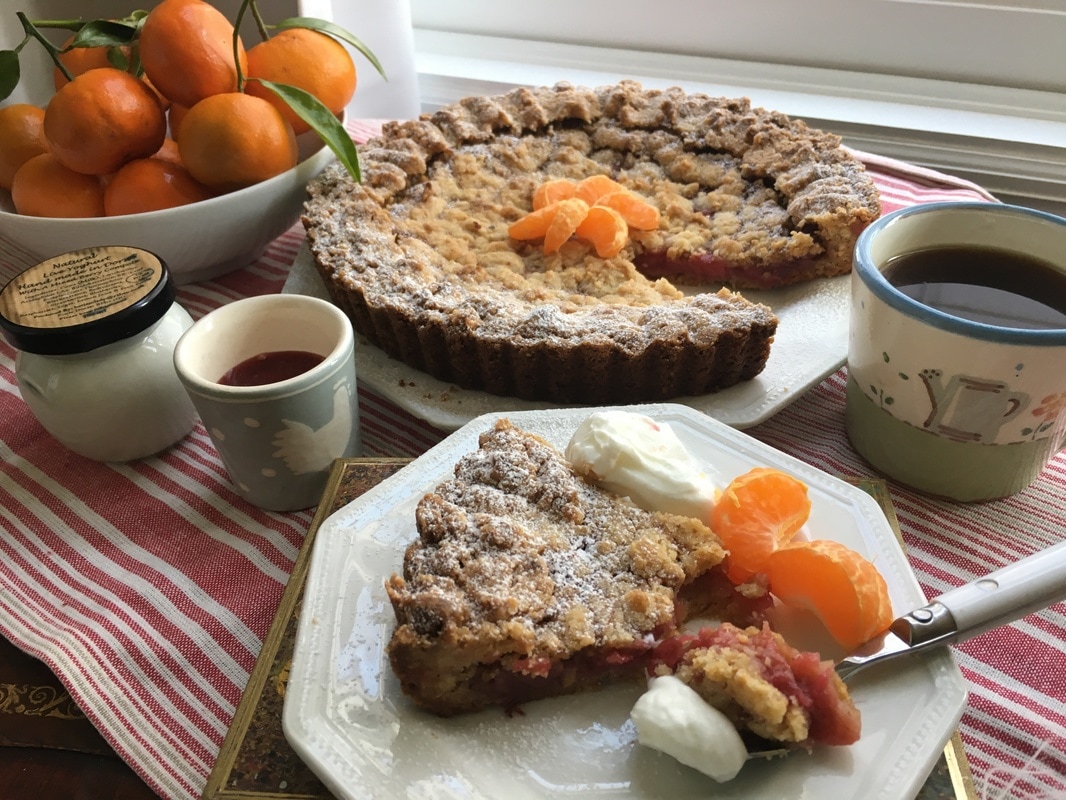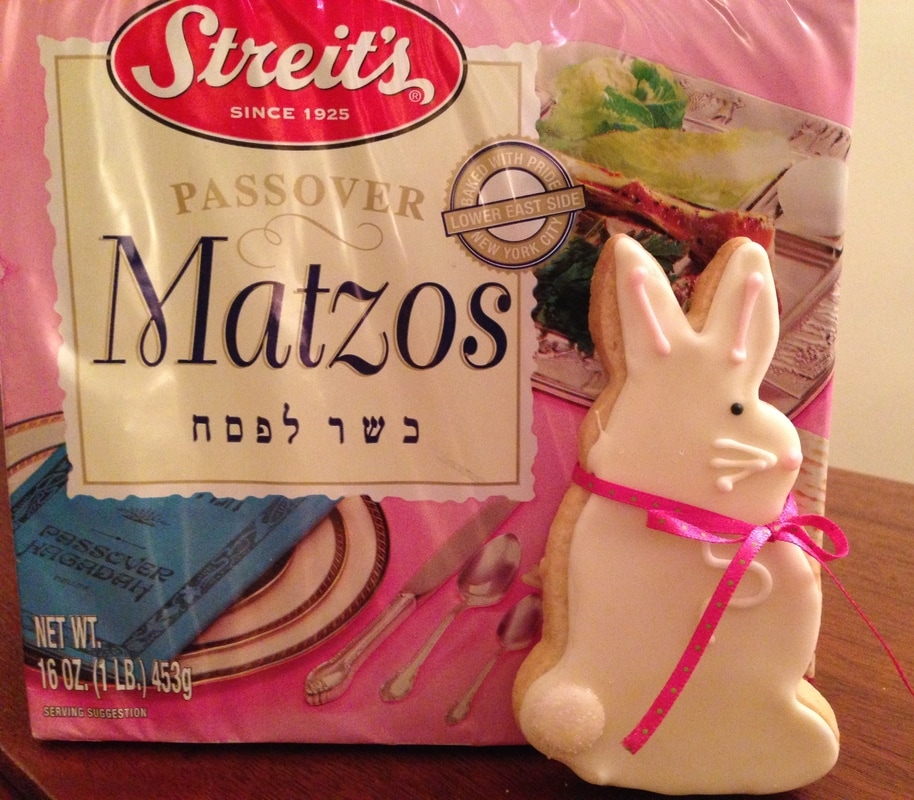|
At this time of year, I like to offer a shout-out to January. A chance to start anew, January has much to offer in clean slates and little to offer in holidays. Sure, it’s cold, and yes, evening descends early and stays late like a stubborn blackout drape in a hotel room, but January is pretty self-sufficient. Unlike late March and early April, January isn’t beholding to a set of calendar-dictated festivities, doesn’t force you to give up an hour of sleep. Other than frigid temps and the occasional snow day, January simply is.
Monday marked the first day of spring meaning it is officially too late to slow down the Holiday Express. Once the clocks have been turned ahead, there’s no turning back. Boxes of matzo and pastel marshmallows are vying for space adjacent to People and Us Weekly at Kings. Bypassing the tabloids, I plucked a bag of mandarins from the produce aisle. According to my calendar, Elijah will be expecting his place to be set at the Seder table on April 10th and the Easter Bunny will be weighed down with jellybeans and Cadbury eggs on April 16th. Today the master plan for Passover/Easter 2017 was unfurled on a sheet of parchment paper. Penned in Sharpie marker for clarity, the numbers are exhausting to ponder; thousands of cookies, macaroons by the hundreds, too many chocolate tortes forsaking flour, carrot cakes, coffee cakes, and just possibly rhubarb in a pie shell. Lenten sacrifices will be tossed aside to the bunny trail, while anyone remotely Jew-ish will swear off anything containing chametz. (The Spark notes definition of chametz is any of the five grains- wheat, oats, spelt, barley and rye –that have come into contact with water for more than 18 minutes. Why 18 minutes? When combined with water and left to ferment for longer than 18 minutes, the grains become leavened. Avoiding chametz during Passover commemorates the fact that the Jews left Egypt in a hurry –no time for bread to rise- and symbolizes removing the ‘puffiness’ or arrogance from one’s soul.) Personally, Passover baking is more challenging than baking for Rosh Hashanah and Yom Kippur. The questions posed at the Seder table are limited to four; at the bakery they tend to be limitless. The flourless connotation doesn’t necessarily mean that all Passover items are gluten free. Having to explain that we are baking Passover desserts using kosher-for-Passover ingredients in a non-kosher kitchen is a mouthful. Man-oh-Manischewitz. Easter also presents a fair share of questions and comments. Carrot cake tends to have universal Easter appeal, but what I consider a mandatory ingredient in a carrot cake may be something you consider sacrilegious. The controversy over raisins, nuts, pineapple and coconut is as predictable as the misspelling of macarons and macaroons. There is also debate concerning sweetened, flaked coconut as opposed to unsweetened desiccated coconut. Here’s a suggestion- use both. It is also important to consider what the best-dressed carrot cake will be wearing for spring. If the calendar read 1980-something, the answer would be easy; basketweave. Contemporary carrot cakes can’t make up their minds whether to go naked or mummified beneath pounds of cream cheese frosting. Do you want the replica of a carrot fashioned out of fondant in excruciating detail or are you an Instagrammer solely pinterested in sprigs of sugared herbs? In the two weeks leading up to the holidays, I will continue my quest for the elusive rhubarb, (baking it into breakfast tarts such as this one) and try to remove the “puffiness” (translation: holiday cynicism) from my demeanor. If anyone should ask, you can find me hunkered down on the rear baker’s bench, amidst boxes of matzo cake meal, potato starch, ground pecans and two kinds of coconut. I promise- you won’t hear a Peep out of me.
0 Comments
Leave a Reply. |
Archives
July 2024
Ellen GrayProfessional Pie-isms & Seasonal Sarcasm Categories |


 RSS Feed
RSS Feed